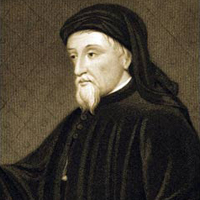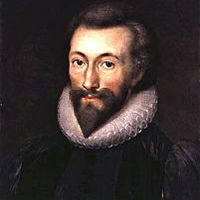Humor, Irony and Satire in the Prologue of The Canterbury Tales
A good sense of humor is one of the essential skills of any great writer. Geoffrey Chaucer is one of those artists who exerts a puzzling amount and variety of humor, and wields it in a remarkably subtle manner. He makes the common reader laugh and the intelligent reader smile. He is the first great humorist in English literature.

